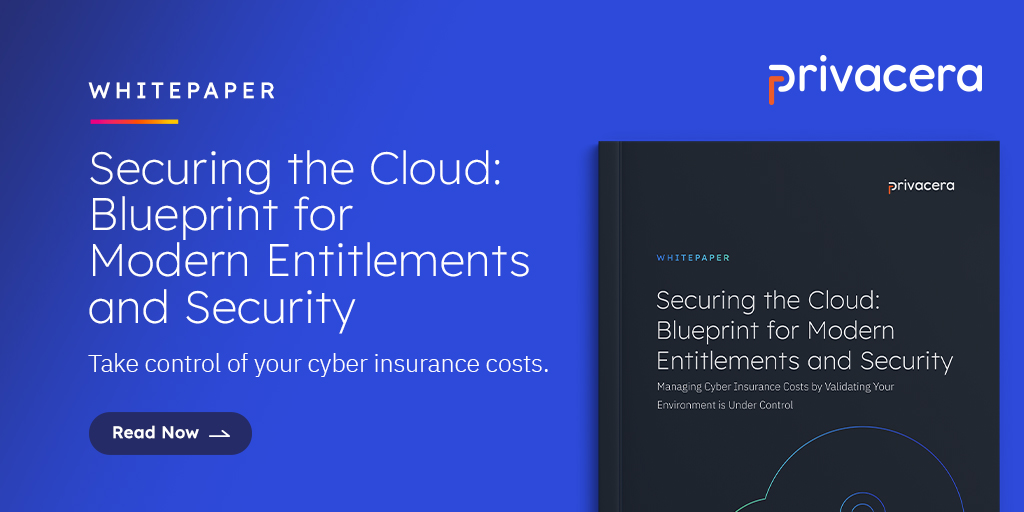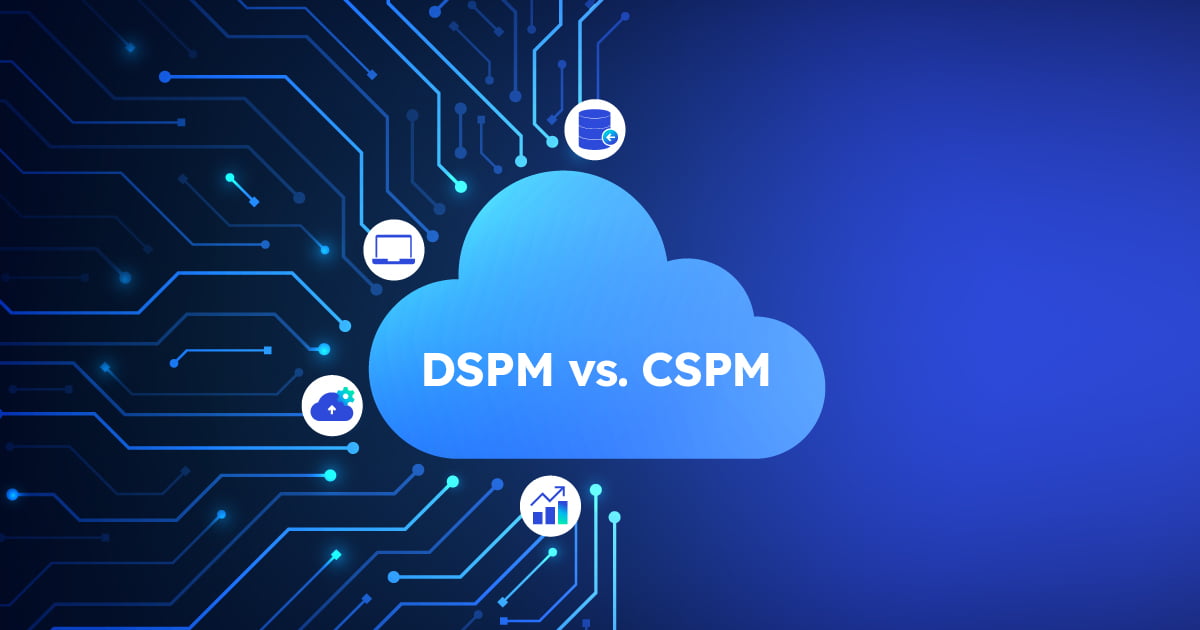Data Security Posture Management (DSPM) and Cloud Security Posture Management (CSPM) are essential yet distinct components of a comprehensive cloud security strategy. While CSPM focuses on maintaining and enhancing the security posture of cloud infrastructure by addressing risks and compliance issues associated with IaaS, PaaS, and SaaS environments, DSPM emphasizes securing the data itself within these environments. DSPM solutions map and monitor data flows, uncover hidden data repositories, and assess data risks related to residency, privacy, and security. Understanding the nuanced differences between these paradigms is crucial for CISOs aiming to protect their growing cloud estates effectively.
Cloud Drives Need for CSPM and DSPM
Without question, cloud computing has revolutionized business operations and delivered business agility, innovation, and resilience. Modern cloud architectures provide needed agility and innovation. CIOs highlight the top drivers for cloud as agility, innovation, security, adopting new capabilities, and time to value, rather than cost. Enhanced security and the desire to avoid internal risk ownership also have driven the adoption of cloud computing solutions. Given this, I want to suggest that delivering these business outcomes needs to occur safely and this drives the need for CSPM and DSPM.
What is CSPM and why do CISO’s need it?
Since the emergence of cloud platforms like AWS, CISOs have identified the need for Cloud Security Posture Management (CSPM). CSPM is a security solution that continuously monitors and assesses cloud environments in order to maintain a robust security framework for an organization’s cloud infrastructure. In the traditional data center, provisioning new servers and compute capability was a well understood and IT led endeavor taking months. In the modern cloud world, new storage and compute services can be provisioned in minutes. This mitigates risks for IaaS, PaaS, and SaaS environments, ensuring a comprehensive approach is taken to cloud security.
CSPM, also, enhances regulatory compliance by continuously monitoring and assessing compliance policies, improving the overall security posture with insights and suggestions for improvement. It does this by centralizing threat detection, quarantine, and remediation processes. CSPM provides a unified view of cloud security across multi-cloud environments. Continuous discovery visualizes cloud-native assets, enabling fast decision-making. Guided remediation addresses security risks and helps developers avoid costly mistakes. Additionally, CSPM tools recognize malicious activity and provide indicators of attack, empowering teams to prevent breaches.
What is DSPM and why do CISO’s need it?
Data Security Posture Management (DSPM) evaluates the risk of data across cloud infrastructure that CSPM systems discover–it is the next step since a growing portion of hacks are about stealing data. DSPM creates comprehensive data maps locating data repositories, analyzing data flows, and uncovering shadow repositories and unsecured pipelines. By detecting the presence of sensitive data and what,if any, protections are in place, DSPM identifies risks from improper data access and missing security controls, providing visibility into data security postures across various cloud service providers (CSPs).
DSPM technologies analyze data lineage and access by consistently assessing data sensitivity, residency, and access across structured and unstructured data pipelines. This involves tracking data throughout its lifecycle—from creation to storage and analysis—to evaluate the security posture of each platform and ensure data is used appropriately. By pinpointing user accounts with access to specific datasets and mapping data pipelines, DSPM ensures comprehensive oversight and protection of sensitive information. Additionally, DSPM generates alerts that highlight data residency, privacy, and breach risks, facilitating inspection and integration into third-party data security controls to enhance overall data protection and response capabilities.
With 60% of corporate data now housed in the cloud, CISOs need Data Security Posture Management (DSPM) to ensure cloud data is securely managed, protected, and accessed. As was the case with the emergence of cloud infrastructure enabling the rapid provisioning of compute or storage, cloud data services now enable for the rapid creation of new databases, copying data and starting new analytical projects. DSPM solutions help to uncover hidden cloud data repositories, assess risks related to data residency, privacy, and security, and provide a comprehensive view of data security across multiple cloud service platforms.
DSPM technologies do this by mapping and identifying data across structured and unstructured repositories, integrating with various infrastructures and identity and access management (IAM) products to generate security alerts. This capability is crucial, especially with a recent SEC ruling requiring prompt reporting of material cybersecurity incidents. DSPM helps CISOs efficiently determine the materiality of incidents and report them within the mandated time frame by identifying where sensitive information is stored and assessing its significance. An active DSPM enables CISOs to remediate discovered data and access risks.
Balancing the DSPM risk reduction mandate with the need for business agility
One of the challenges emerging from the deployment of DSPM solutions is that a one dimensional view of risk reduction does not serve the business very well. For many organizations the mandates from legal, privacy and security lead to suboptimal implementations and enforcement of those requirements. InN the world of data, this often means locking everything down or opening everything up. Neither are bringing the world in balance. DSPM and active and automated access controls need to combine and bring the CISO, CIO and business data leaders in agreement on delivering on the risk mandate as well as the business need for rapid access to data and analytical products.
Balancing the DSPM risk reduction mandate with the need for business agility
One of the challenges emerging from the deployment of DSPM solutions is that a one dimensional view of risk reduction does not serve the business very well. For many organizations the mandates from legal, privacy and security lead to suboptimal implementations and enforcement of those requirements. InN the world of data, this often means locking everything down or opening everything up. Neither are bringing the world in balance. DSPM and active and automated access controls need to combine and bring the CISO, CIO and business data leaders in agreement on delivering on the risk mandate as well as the business need for rapid access to data and analytical products.
Integrating DSPM and CSPM for Comprehensive Cloud Security
DSPM and CSPM can naturally work together. CSPM can discover where there are compute or storage instances as well as data sources. And DSPM can use this knowledge to discover where sensitive or PII data exists within the discovered data sources. The two as such naturally work together. The opportunity in the future is to integrate the two to provide a complete view..
Summary and Next Steps
CISOs need DSPM to secure the vast amounts of data stored in cloud environments. With 60% of corporate data in the cloud, DSPM uncovers hidden data repositories, maps data flows, detects misconfigurations, and provides comprehensive visibility into data security postures. It assesses data sensitivity, residency, and access, ensuring data is used appropriately and securely throughout its lifecycle. DSPM integrates with identity and access management (IAM) products to generate alerts, highlighting risks related to data residency, privacy, and breaches. The recent SEC ruling underscores the importance of DSPM in efficiently reporting material cybersecurity incidents, making it a critical tool for CISOs needing to manage data security effectively.
To dive deeper into DSPM, read our blog “What is DSPM?“. Or dig further into entitlements and security by reading Securing the Cloud: Blueprint for Modern Entitlements and Security White Paper. If you believe your organization could benefit from Privacera’s DSPM solution, schedule a demo today.





